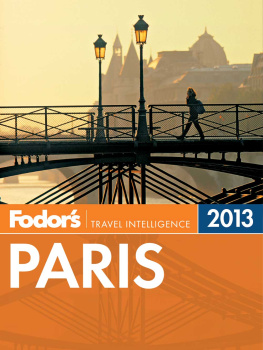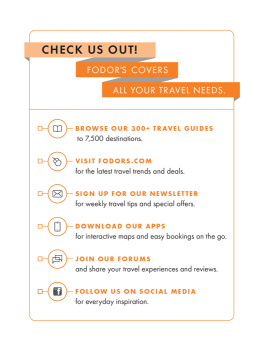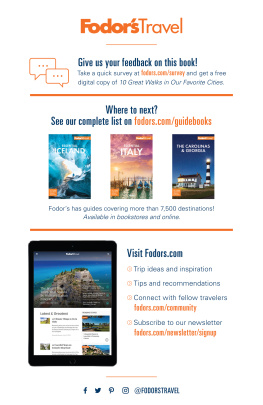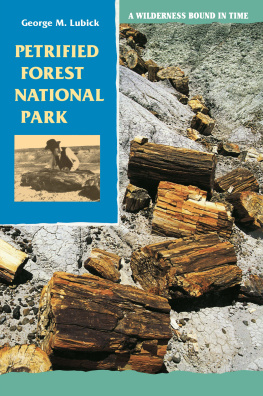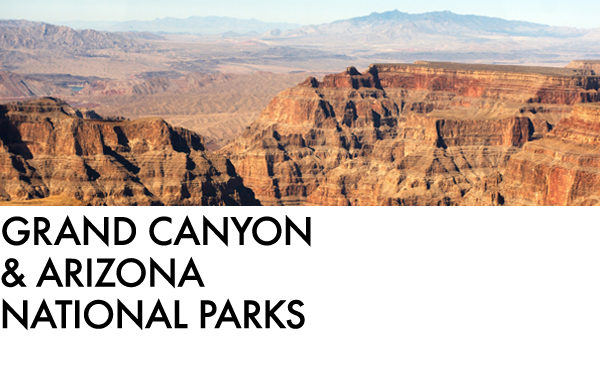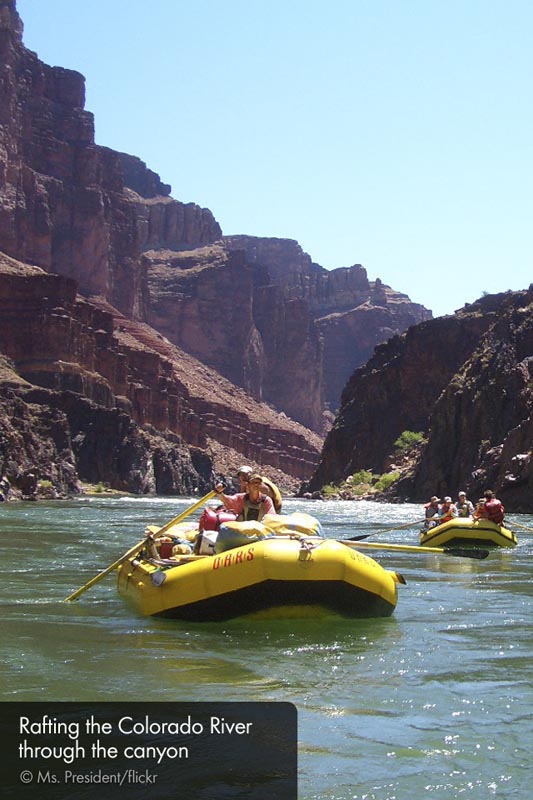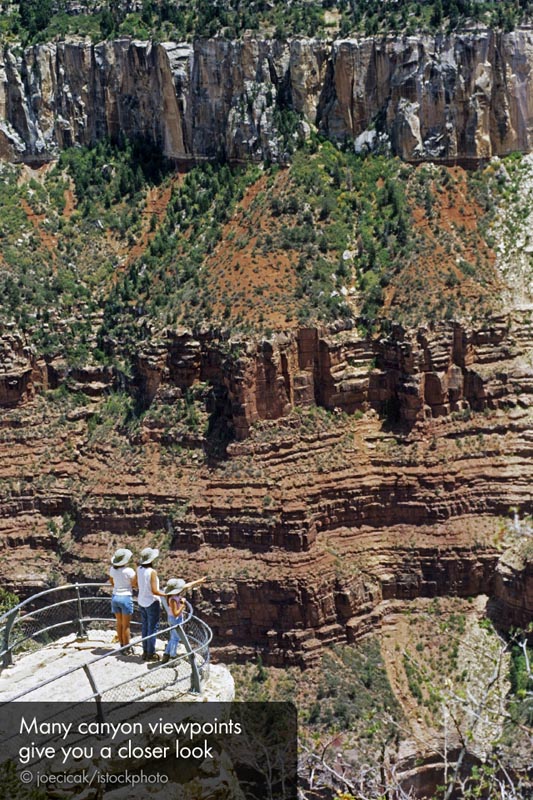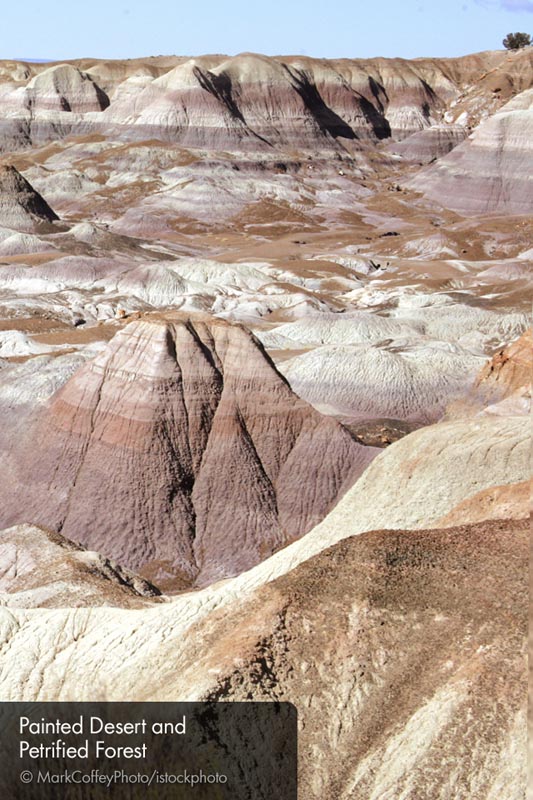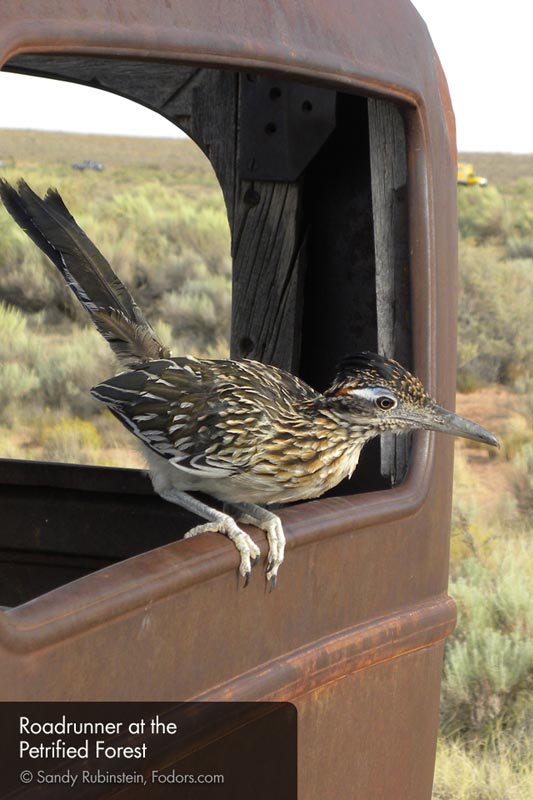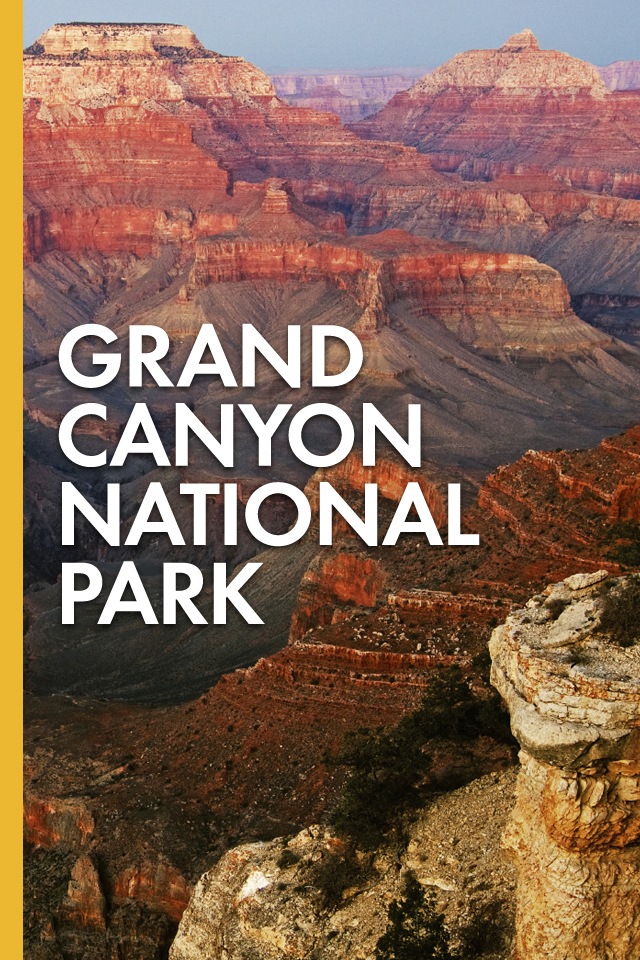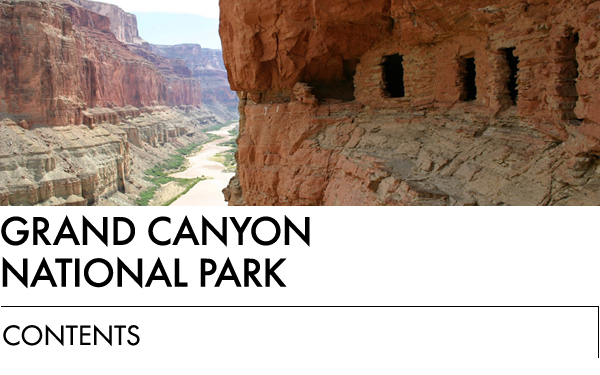CHOOSING A PARK
GRAND CANYON NATIONAL PARK
Location: Northwestern Arizona
Encompassing 1.2 million acres, the Grand Canyon both exalts and humbles the human spirit. View the spectacle from the South Rim, 230 mi north of Phoenix and 280 mi east of Las Vegas, or the less-traveled North Rim.
Known for: Unsurpassed natural wonder thats 277 river mi long, up to 18 mi wide, and a mile deep.
Biggest crowds: Summer and spring break
Accessibility: The popular Rim Trail and all the viewpoints along the South Rim are easily accessible.
Why kids like it: The mule rides, river raftingand watching Grandma scream when she sees a snake or scorpion.
What hikers say: Make the trek down: camping at the bottom under the stars is a once-in-a-lifetime experience.
BEST FOR
Romantics: For couples who don't mind sweating a little to get to a romantic destination, the depths of the Grand Canyon offers the quintessential Western camping experience. Sleeping at the base of this massive canyon under a clear black sky blazing with bright stars is something to add to your life's to-do list. (After a long hikeor mule rideit is also the perfect occasion for a massage!)
Train Travel: Grand Canyon Railway offers a variety of daily train services from Williams, Arizona, to the park's South Rim. The adults-only Sunset Limited runs during weekends in the fall, allowing passengers to witness one of Grand Canyon's unmatched sunsets while enjoying appetizers and full bar service. From November through January, The Polar Express train reenacts the classic children's book (make sure to reserve far in advance). Amtrak's Southwest Chief stops in Williams on its Chicago to Los Angeles run, making Grand Canyon one of the few national parks fully accessible by rail transportation.

PETRIFIED FOREST
Location: Northeastern Arizona
This 218,533-acre park is 200 mi west of Albuquerque and 240 mi northeast of Phoenix.
Known for: Fallen and fossilized trees.
Biggest crowds: June through August
Accessibility: Much of the park is viewable from scenic road overlooks and short, paved hikes.
Why kids like it: Fossilized trees look like colored rock.
What hikers say: Go into the backcountry if you want more strenuous trails, but watch for rattlesnakes.
BEST FOR
Accessibility: Whether you enter from the north or the south entrance, the 28-mi park road leads to both visitor centers and a handful of quick and easy trails that meander among petrified trees.
Best for Cultural History: The roots at this park aren't just from its ancient trees: the area's human history and culture extend back more than 13,000 years, from prehistoric people to the more modern travelers of Route 66. You can still see petroglyphs scratched and carved into stone, as well as many other artifacts, from the ancestors of the Hopi, Zuni, and Navajo.
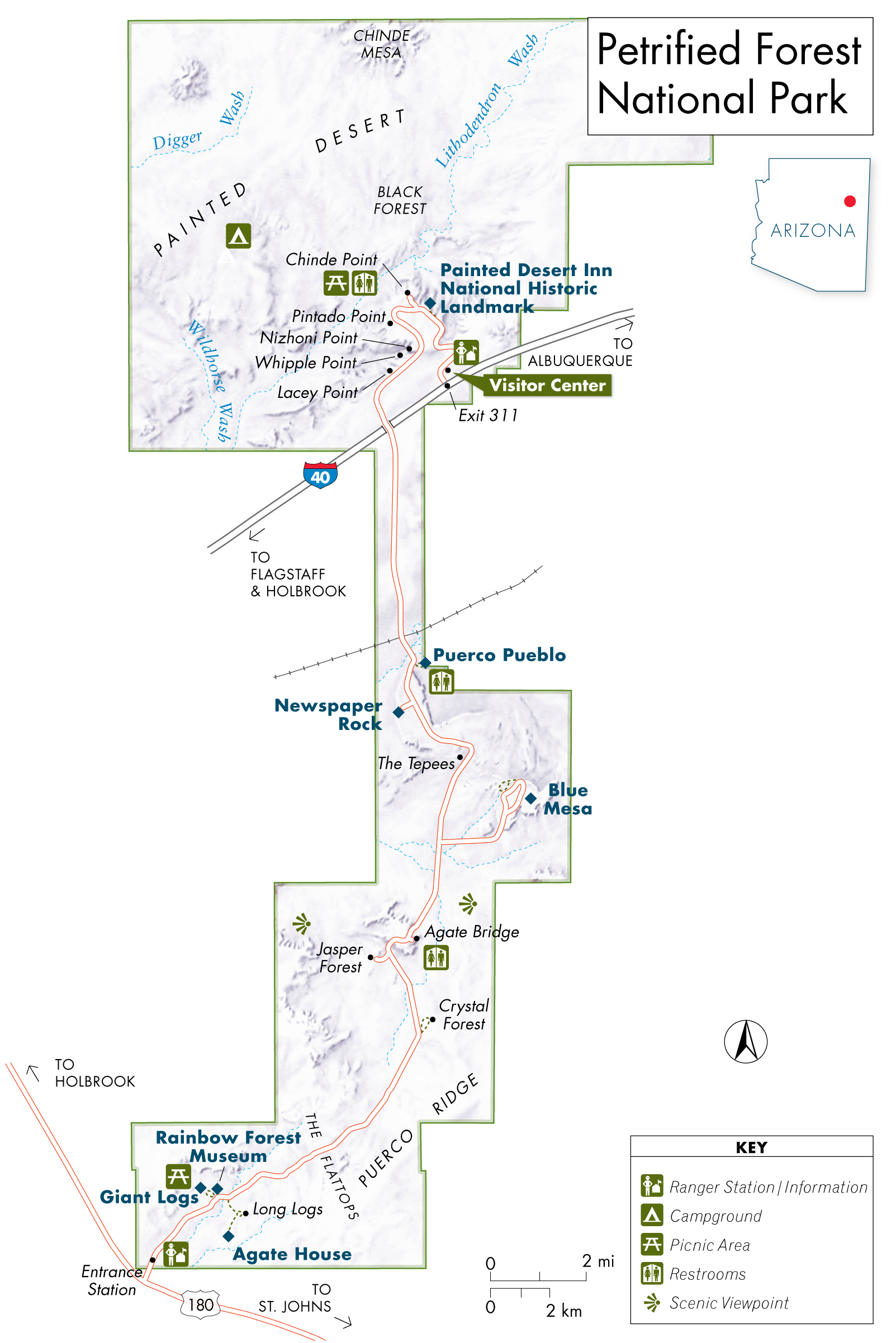
SAGUARO
Location: Southeastern Arizona
Known for: Its dense stand of saguaro cacti.
Biggest crowds: December through April
Accessibility: Two scenic loop drives wind through desert lowlands and saguaro forests.
Why kids like it: Towering saguaros, crazy-looking critters, and indecipherable rock art equal adventures in an alien world.
What hikers say: Short day hikes in both districts of the park give visitors a chance to spot the desert's elusive wildlife.
The 91,000-acre park is split into two districts bookending Tucson (about 30 mi apart); the better collection of cacti is found in the west district. The east district has a paved road popular with cyclists, as well as extensive backcountry trails.
BEST FOR
Day Trippers: You'll find the largest concentration of the towering saguaro cactus, famed emblem of the desert southwest, just minutes outside Tucson. The park is divided into two sections: the Rincon Mountain District to the east and the Tucson Mountain District to the west.
Not Roughing It: When youre finished exploring the parks 90,000-plus acres of desert, head into Tucson, where you can soak your feet at any of the areas many resorts, B&Bs, or spas (including the world-famous Canyon Ranch).
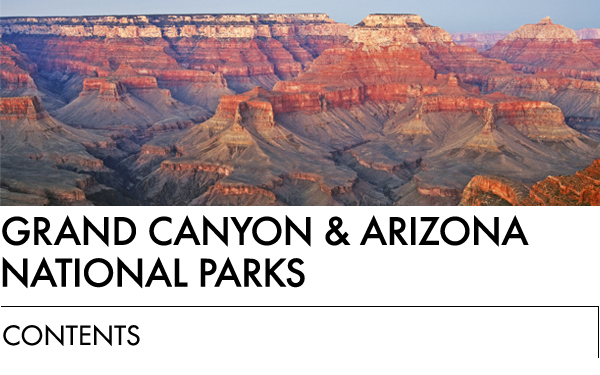
WELCOME TO THE GRAND CANYON
Updated by Carrie Frasure
When it comes to the Grand Canyon, there are statistics, and there are sensations. While the former are impressivethe canyon measures in at an average width of 10 mi, length of 277 mi, and depth of a milethey don't truly prepare you for that first impression. Seeing the canyon for the first time is an astounding experienceone that's hard to wrap your head around. In fact, it's more than an experience, it's an emotion, one that is only just beginning to be captured with the superlative "Grand."



